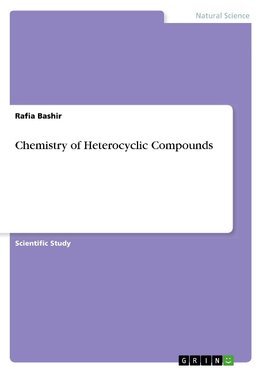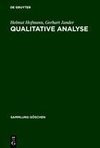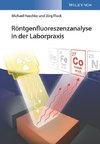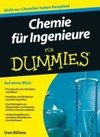
-
 Anglický jazyk
Anglický jazyk
Chemistry of Heterocyclic Compounds
Autor: Rafia Bashir
Scientific Study from the year 2018 in the subject Chemistry - Organic Chemistry, grade: A, , language: English, abstract: Heterocyclic chemistry is one of the largest branches of chemistry. Well over six million discrete heterocyclic compounds are known,... Viac o knihe
Na objednávku
39.78 €
bežná cena: 44.20 €
O knihe
Scientific Study from the year 2018 in the subject Chemistry - Organic Chemistry, grade: A, , language: English, abstract: Heterocyclic chemistry is one of the largest branches of chemistry. Well over six million discrete heterocyclic compounds are known, reflecting their central and important role in Science and Technology. The usefulness of heterocycles is due to their combination of compact and robust molecular structures with a high degree of molecular diversity that results in properties, which can be finely adjusted to the needs of sophisticated applications. This is well illustrated by the functions of many naturally occurring heterocycles that are essential components of living cells, including DNA in which specific nitrogen heterocycles are directly responsible for encoding all genetic information. Morphine and quinine, two of the earliest compounds to be used in therapy and in use today, are both heterocyclic natural products. William Perkin's synthesis of the lucrative quinine molecule in 1856 led to the discovery of an important synthetic heterocycle, mauveine, and this laid the foundation of the synthetic dye industry. This in turn gave birth to the modern industry when in 1932 the antibacterial properties of the dye lead to the discovery of heterocyclic sulfapyridines. These antibacterial agents were the first major life saving synthetic drugs and they quickly had a dramatic effect on the quality of life.
- Vydavateľstvo: GRIN Verlag
- Rok vydania: 2018
- Formát: Paperback
- Rozmer: 210 x 148 mm
- Jazyk: Anglický jazyk
- ISBN: 9783668643161



 Nemecký jazyk
Nemecký jazyk 








